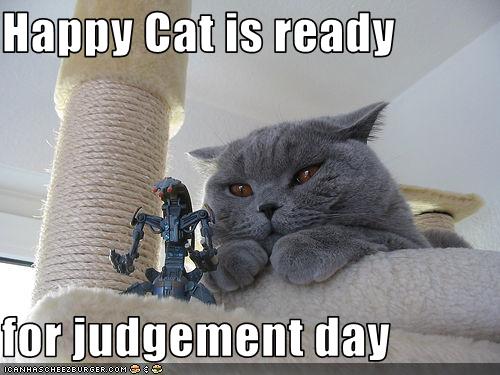
Image Credit:
Like most writing teachers, I like incorporating informal writing assignments into my class in order to make my students comfortable with writing casually and in the moment, without the the threat of a bad grade stifling their process. One way I've done this in my Banned Books class this semester is by requiring them to post a blog entry on the day's reading at least once during the semester. (The post is graded pass/fail, which also enables them to stretch the parameters of the assignment in any way they like.) This semester, the blogging assignment has created some interesting, and I think helpful, resonances between our material and popular culture.
I should add here that even though I believe that informal writing assignments are important, I also take care to reiterate to my class that the informality of the blogging assignment doesn't carry over into their midterm, final, and assorted short papers. These I grade pretty strictly. That's why I like the blog so much--it provides what I think is a needed counterpoint to the finality of the writing assignments. Writing doesn't always have to be fraught with anxiety.
That said, the blog posts also allow my students to incorporate other kinds of media into their thoughts on the day's reading. The assignment asks them to write a post before class summarizing the day's reading. In addition I also ask them to incorporate critical observations about the reading, connecting it to themes we've already covered, or even to our other texts. They are also required to post three to five critically substantive discussion questions to guide the day's discussion. These questions can be conceptually or thematically oriented, or they can ask the class to pay special attention to a particular scene or passage in the reading, encouraging the class to perform, together, a close reading of the passage in question. The blog posts are assigned at the beginning of the semester, and it usually works out that there is one scheduled blog post per class day. This way, each student gets to lead discussion for one day during the semester--the day's blogger has to walk us through his or her post, and explain the discussion questions.
Since they are writing in blog format, I expect them to follow "blogging conventions," which for me includes incorporating other forms of media--mostly images--into the posts. It was about halfway through our reading of The Island of Dr. Moreau that I began to notice an interesting confluence between the reading and, in particular, the images that my students chose to use in their posts.
First, some background. As most of you probably know, H.G. Wells' The Island of Dr. Moreau is an early science fiction novel that dramatizes the horror of the proximity of our cruel animal natures. Dr. Moreau, an island-bound exiled vivisectionist, performs "experiments" on animals, attempting surgically to instill in them human physical and mental characteristics. The result is a grotesque menagerie of half-human, half-animal beings who both manifest the cruelty of their natures and inspire similar cruelty in their holders--Moreau and the two men who are trapped on the island with him. The idea, of course, is that it's unclear whether cruelty is inherently a human or animal instinct, and by the end of the novel we are left questioning the utility of the nominal boundary between "human" and "animal."
Here's where it gets interesting. The students assigned to blog about The Island of Dr. Moreau tended, apparently organically, to incorporate LOLcat images into their posts. Though the gesture is perhaps a bit flippant (an attitude that I don't frown upon in class, if it's in response to the content of a text--I take it as a sign of engagement) to me it suggested some kind of affinity between our cultural obsession with the comically illiterate cats and the horror of the just-barely human animals in the text. Below, a couple of examples of their images.
The first image refers to the twisted biblical allusions that the Beast-men make in their attempts to comprehend morality, and the second, whcih in our blog was captioned "A Drunken Beast," humorously reinterprets Moreau's epithet for his creations. Despite their levity, the lolcat images seemed weirdly appropriate for the text, and to me demonstrates that, even perhaps unconsciously, my students were processing the humanity/animality theme. Seen this way, their use of images suggests to me a sense of creative play with the ideas in the text, resulting in a digital archive of their personal, vernacular responses to the reading. I like to think of these posts as a collage of popular references around the complex themes in the text.
Their images were not always lolcat related. They also referenced other pop-culture phenomena, including body modification, plastic surgery, and cosplay. These images, some of which are rather shocking, emphasize the tenuousness of the human/animal divide. All depict people who, in some way, want to appear as animalistic or not human. Which led us to the question: what is the attraction of animality? In what ways can it be attractive, and in what ways can it be distasteful or even repellent?



The blog also allows them to insinuate their own political views into the post (though I don't generally tell them to do this). Below, an image in a post about The Handmaid's Tale. Needless to say these kinds of images tend to inspire interesting discussion.

At the very least, these images have led my class to make strong and unexpected connections to the popular culture they are immersed in, and allows them to make these connections in internet vernacular, in which they are very well versed. Indeed, this is a form of engagment that we teachers and writers often exhibit ourselves. 


